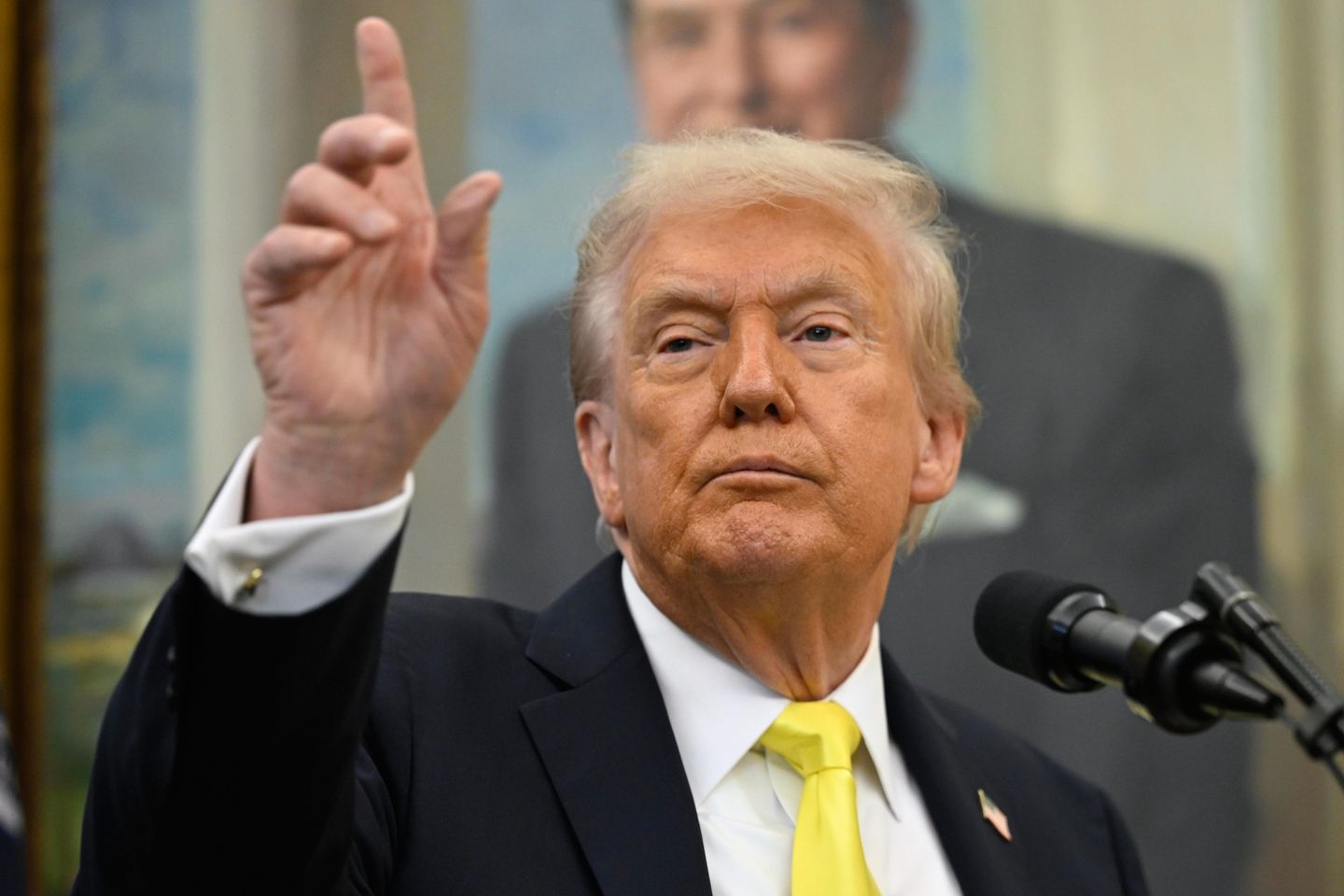
President Trump’s tariffs have helped to tame the federal deficit, the Treasury Department reported Thursday, with the extra $118 billion in customs revenue helping to limit the damage from surging federal spending.
The government ended fiscal year 2025 with a $1.775 trillion deficit, a slight improvement on the previous year under President Biden.
Spending rose $275 billion to top $7 trillion, an all-time record. Revenue was up even more, increasing by $317 billion, to reach $5.235 trillion, also an all-time record.
Treasury officials said that was powered in part by the increase in customs duties from Mr. Trump’s tariffs. They went from $84 billion in 2024 to $202 billion, a 142% increase.
And it’s a good thing, given the government’s ongoing spending issues. All of the big entitlement programs, including Social Security, Medicare and Medicaid, saw their payouts rise by 8%, far outpacing inflation and totaling more than a quarter-trillion dollars in new spending.
Interest payments on the debt also spiked 7%, reaching $1.2 trillion. That now tops every other federal program save for Social Security.
Spending would have been even higher but for provisions of Mr. Trump’s One Big Beautiful Bill budget law this summer, which recategorized some student loan spending, slicing more than $200 billion from Uncle Sam’s payout tally for the fiscal year.
As it stands, the deficit — the difference between revenue and spending — is estimated to be 5.9% of gross domestic product, down from 6.3% in 2024.
That’s still much higher than what economists generally think of as a sustainable rate, though it’s down significantly from the depths of the pandemic, when the deficit nearly reached 15% of GDP.
Treasury Secretary Scott Bessent said with “continued fiscal restraint,” the government could get that figure down to 3% by 2028, the end of Mr. Trump’s term.
“Strong private sector-led growth alongside constrained federal spending means the deficit to GDP will take care of itself,” he said.
The fiscal year began Oct. 1, 2024, and ran through Sept. 30, 2025, meaning 30% of it fell under Mr. Biden and 70% under Mr. Trump.
The final numbers do show that Mr. Trump has been able to alter some key aspects, with the tariffs being the biggest. Treasury officials said September set a new record for customs duty revenue, reflecting the growing bite of the new trade policy and suggesting an even bigger impact in fiscal year 2026.
Mr. Trump has also sought to trim the spending side, with firings and buyouts in the federal workforce and orders to wind down entire offices and independent agencies.
Those attempts have yet to make much of a dent in spending, both because of timing late in the previous fiscal year and because so much of the federal budget is on autopilot.
The big entitlement programs and interest payments on the debt totaled $4.7 trillion, or two-thirds of all government spending last year.
By contrast, military spending, which draws the ire of congressional Democrats, rose by a relatively paltry 5%, to reach $868 billion. That worked out to 12% of federal spending last year.
Spending at the Environmental Protection Agency more than doubled in fiscal year 2025 as the Biden administration rushed to “Trump-proof” its spending by shoveling money out the door. That led to one Biden EPA official comparing it to “throwing gold bars off the Titanic.”
The Trump administration has moved to freeze the money and is attempting to claw it back, but for now, it still shows up as spent.











